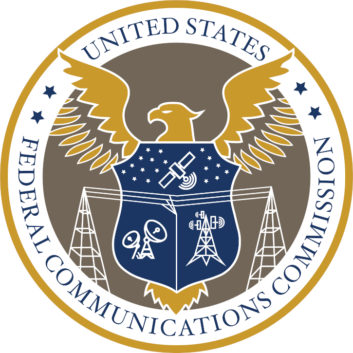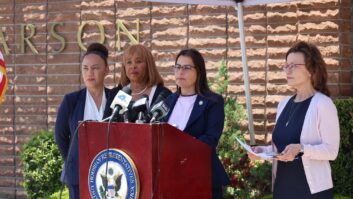 The Federal Communications Commission is planning to vote on a proposal to improve the accessibility of the Emergency Alert System at its Open Meeting on Dec. 14.
The Federal Communications Commission is planning to vote on a proposal to improve the accessibility of the Emergency Alert System at its Open Meeting on Dec. 14.
In announcing the agenda for the meeting, Jessica Rosenworcel, chair of the FCC noted that “the Emergency Alert System (EAS) allows the President, FEMA, the National Weather Service, or state and local authorities to deliver warnings to TV viewers about dangerous weather and other imminent threats. Unfortunately, alerts sent using legacy broadcast technology have limited ability [to] relay text, which can create disparities between the information conveyed in the audio and visual alert messages, including during nationwide tests of the system. The Commission will vote on a proposal to improve the clarity and accessibility of EAS visual messages and tests, especially for persons who are deaf or hard of hearing or are otherwise unable to access the audio message.”
The Notice of Proposed Rulemaking for the changes to the EAS system would “propose to require use of a predetermined script as the visual message for legacy EAS nationwide tests, and propose to revise the terminology associated with the codes for nationwide tests, in order to improve the clarity of these visual messages displayed to the public for Common Alerting Protocol-based nationwide EAS tests,” the FCC said.
[See Our Business and Law Page]
It would also “propose to require that stations check for and use the available CAP versions of all State and Local Area alerts (which includes alerts issued by the National Weather Service) instead of the legacy EAS versions, to increase the use of CAP in light of CAP’s superior visual messaging capabilities.”
The Notice of Inquiry would “seek comment on how the legacy EAS architecture can be modified, augmented, or redesigned to enable alert originators to relay visual text that matches their audio message in legacy EAS alerts, as well as to enable more functionality within the EAS as a whole.”
The full agenda is available here.
Comment on this or any article. Write to [email protected].






